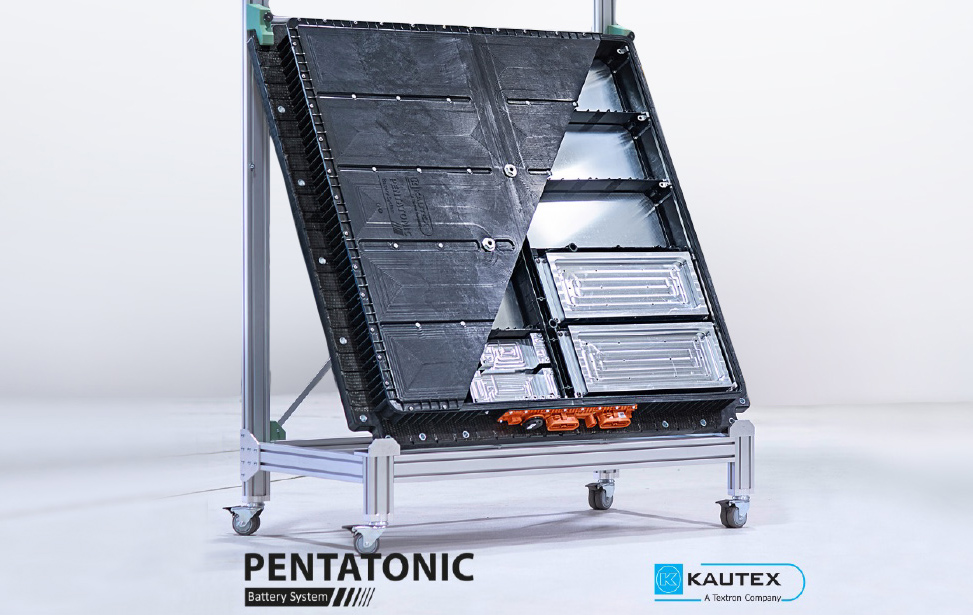Farasis Energy, a battery manufacturing company, Kautex Textron, a supplier of energy storage systems, and the Fraunhofer Institute for High-Speed Dynamics aim to make plastic-based battery housings safer by means of virtual design to increase the safety of EVs.
Farasis, which develops and produces lithium-ion battery technology and pouch cells for electromobility, is developing a simulation model for mapping the thermal runaway of individual cells and module propagation. The company also supports all battery topics within the three-year SiKuBa project, which has received €2.6 million from the German Federal Ministry for Economic Affairs and Climate Action.
The project aims to analyze the formation and propagation of hot gas and particle flows and their interaction with structural elements, transferring the data to simulation models. It will also assess battery safety using various load case scenarios, materials and component design.
Farasis Energy and its partners will develop a detailed model for simulating thermal runaway, or enhance the existing models within the company. These simulation models will enable the company to achieve a quicker and safer integration of plastic-based module and pack enclosures.
“Plastic enclosures have many advantages over metal enclosures. They are lighter, more sustainable, and cheaper to produce, and have better electrical insulation. In the event of a damaged cell, the battery housing can be exposed to enormous thermal loads if thermal runaway of individual cells occurs due to the damage,” the company notes. “The battery housing has a high safety-relevant function in this case, as it contains the spread of the resulting hot gasses and particles. One challenge, however, is proving its safety, which is complex and expensive.”
Source: Farasis Energy



















































